The team at Duotone caught up with designer Ken Winner to find out more about the second edition of the wave-dedicated 2022 Neo SLS. .
Please tell us about the design brief and goals set for the new Neo SLS.
We wanted to keep the lively feel, strong depower and crisp, the quick turning of the original Neo SLS while smoothing it out a bit and making it feel just a little more refined.
What are the main technical/geometrical changes compared to the previous model?
We made fairly subtle changes in these areas: We softened the corner of the leading edge below the tip strut ever so slightly. We tweaked canopy profiles in much the same way we did with the Neo Classic: A bit deeper at the struts and a bit flatter at stations 3,4 & 5. The new cloth and construction that we use on our Flex Struts tends to be a little straight in the back, so we tweaked the cloth tension settings on these struts to add a bit of curve to the back half.
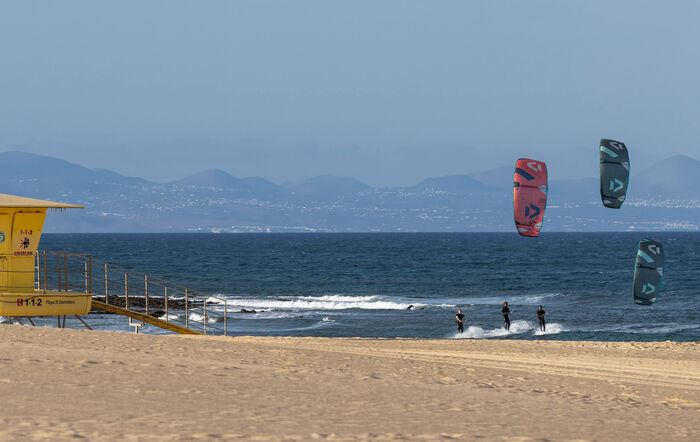 How have these changes influenced the performance, handling and feel of the Neo SLS?
How have these changes influenced the performance, handling and feel of the Neo SLS?
As with the Neo Classic, the changes in canopy profile keep the power while reducing any tendency of the canopy to luff and flutter on the side of the kite to the outside of a turn. The increase of profile depth in the tip struts gives reduces luffing and flutter above and below the tip struts. This increased depth combined with a more draft-back shape helps with quick turning and helps the kite to provide strong, intuitive bar feedback. We paid a lot of attention in the original Neo SLS to the corners in the LE below the tip struts. We knew that making these corners too pronounced – all other things unchanged – would make the kite turn quickly but would make it feel unstable and erratic. Making them too soft made for a sluggish, slow turning kite. On the original Neo SLS, we opted for a very lively shape in the bigger sizes and toned it down a bit in the smaller sizes (along with other changes in the smaller sizes). For the new Neo SLS, we have tweaked the shape of these corners a bit more with the result that it still feels lively and quick but also a bit more refined.
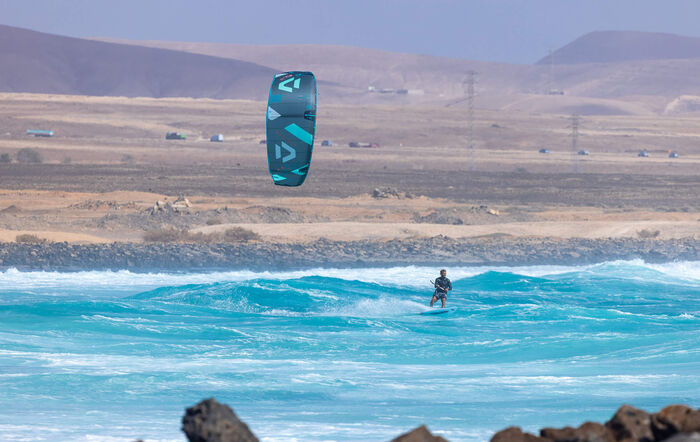 What were the design challenges to overcome?
What were the design challenges to overcome?
Work on the Neo SLS was very smooth. We started with working on the Neo Classic design and were able to incorporate into that design some of the learning from the original Neo SLS. We then were able to incorporate some of the learning from the Neo Classic design into the new Neo SLS design.
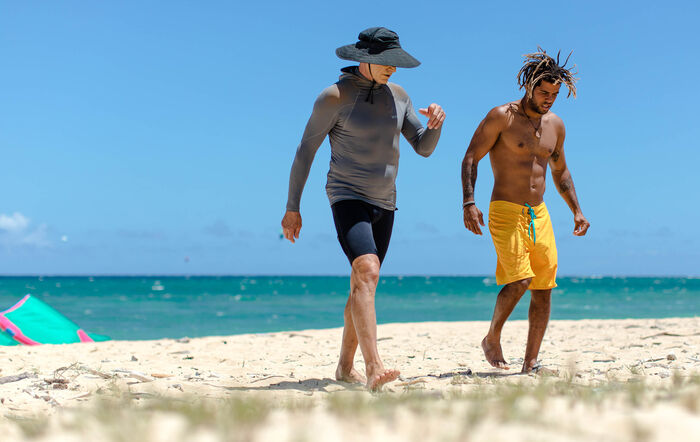
Who was on the test team in the development phase?
As always, Sky, Patri and Olivia were our primary testers. We normally also rely on feedback from guys like Airton and Machu. And of course, my wife Julie gives me the perspective of someone who loves to ride double-overhead surf, but isn’t quite up to the skill level of the pros.
People familiar with the previous model, how do the known characteristics of the kite change?
The new Neo SLS is a refined version of the original.
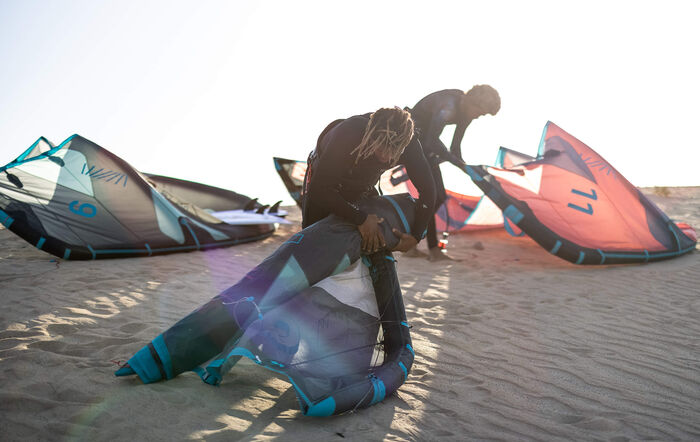 What are the flight characteristics and for which rider is the kite developed?
What are the flight characteristics and for which rider is the kite developed?
The Neo SLS is presently our ultimate wave kite. Its low weight and stiff frame make it very lively, quick to turn and quick to depower. The low weight in particular makes it fast and powerful on the upstroke, easy to keep in the air when you need good drift. Surf-oriented riders are our main target group with the Neo SLS. However, it’s also the favourite kite of strapless big-air guys like Airton Cozzolino. And finally, I would be negligent if I were not to point out that the low weight, big wing range, quick turning, good drift and easy relaunch make the Neo SLS a really good kite for hydrofoiling.
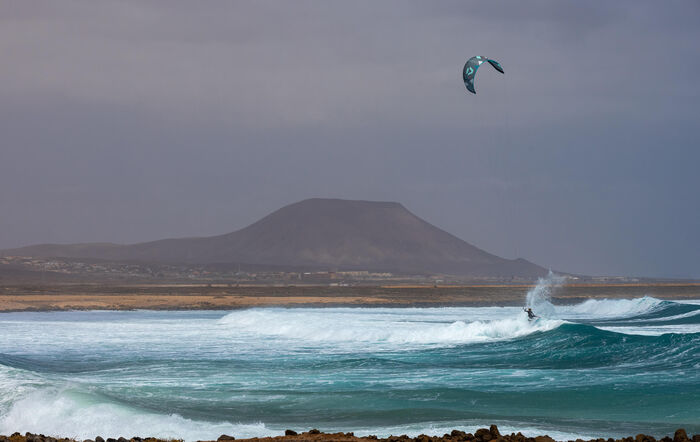 What are the setting options and air pressures?
What are the setting options and air pressures?
We pump all Neos to 7 psi. Sky, Patri and I use the “medium” setting on the backline bridle. Lighter riders and hydrofoilers may prefer the “soft” setting. And, as I mentioned above, strapless rider Airton uses the “hard” setting. We mostly recommend 22-meter lines, though the smaller sizes for me personally work best on longer lines, like 24s. Using a 4 on 22s gives a very short power stroke and overly-quick turning while using it on 24s gives a noticeably longer power stroke and more relaxed turning speed.


